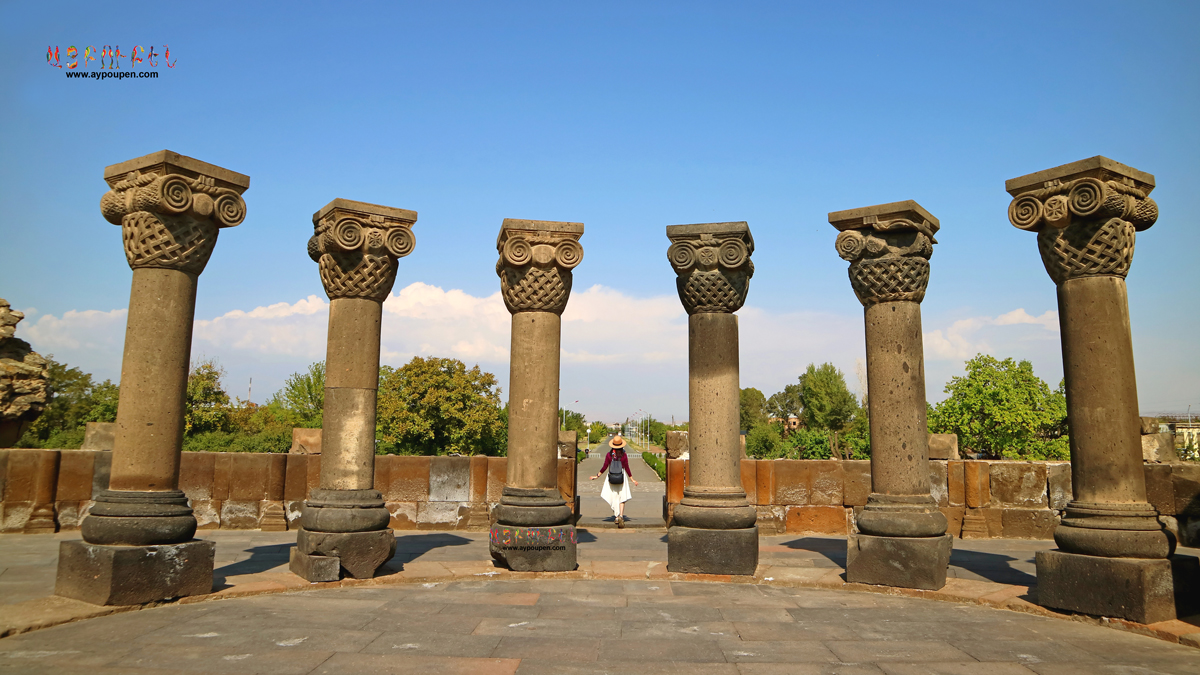Religion has played a significant role in shaping the culture and history of the Armenian people. From Paganism to the early days of Christianity in Armenia, when it was a hidden religion facing persecution, to National Christian Religion, to the soviet Era and modern days.
Religion, specifically the Armenian Apostolic Church, has profoundly impacted the cultural and historical development of Armenians, has played a vital role, and has significantly influenced literature, art, and national identity.
Additionally, the Armenian Church has played a crucial role in the formation, organizing, and preservation of the Armenian Diaspora, as well as in the provision of education and social services throughout Armenian history.
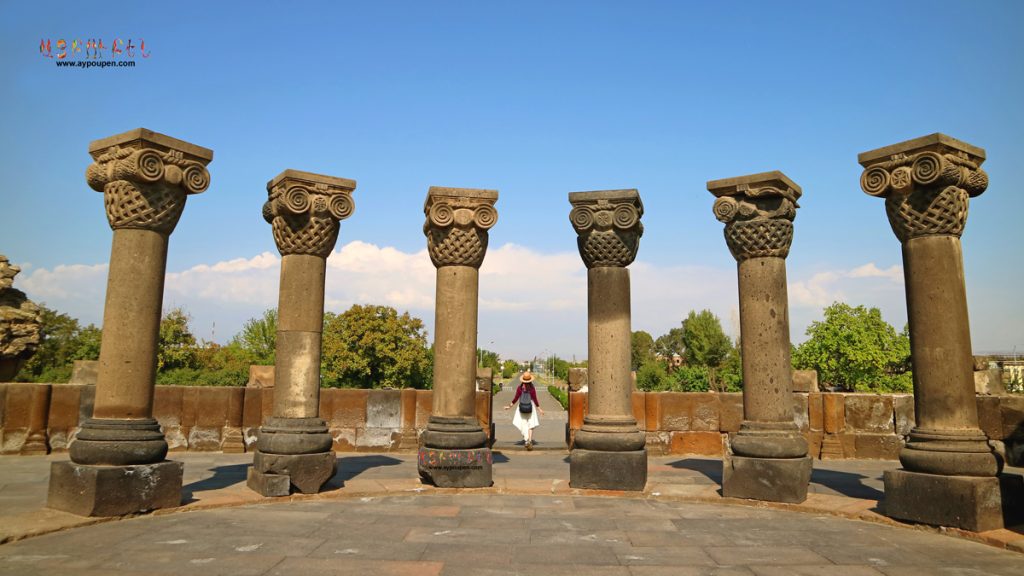
what is the Armenian religion
The Armenian religion has deep roots that have played an essential role in shaping the culture, history, and identity of the Armenian people. Initially, ancient Armenians practiced paganism, worshipping various animals, celestial bodies, and a pantheon of gods and goddesses, with influences from Greek, Assyrian, and local religious beliefs. This lasted until the 2nd and 3rd centuries AD.
However, Armenia’s religious landscape saw a monumental shift when it became the first nation in the world to adopt Christianity as a state religion in the early 4th century. This was largely due to the efforts of Saint Gregory the Illuminator, who is credited with converting the Armenian king Tiridates III to Christianity.
The Armenian Apostolic Church, an Oriental Orthodox Christian church, stands as the primary religious institution for Armenians. Founded by Saint Gregory the Illuminator, this church has its origins traceable to the 1st century AD and has developed unique liturgies and traditions over the centuries. Recognized as the oldest national church in the world, it profoundly influences Armenian literature, art, and national identity.
The church’s headquarters is in Echmiadzin, regarded as the spiritual epicenter for Armenians worldwide. Additionally, the Armenian Apostolic Catholicosate of the Holy See of Cilicia has played significant roles in various historical junctures, especially during the Armenian Genocide in 1915, offering support and leadership to Armenians in the diaspora.
Armenia Religion Before Christianity
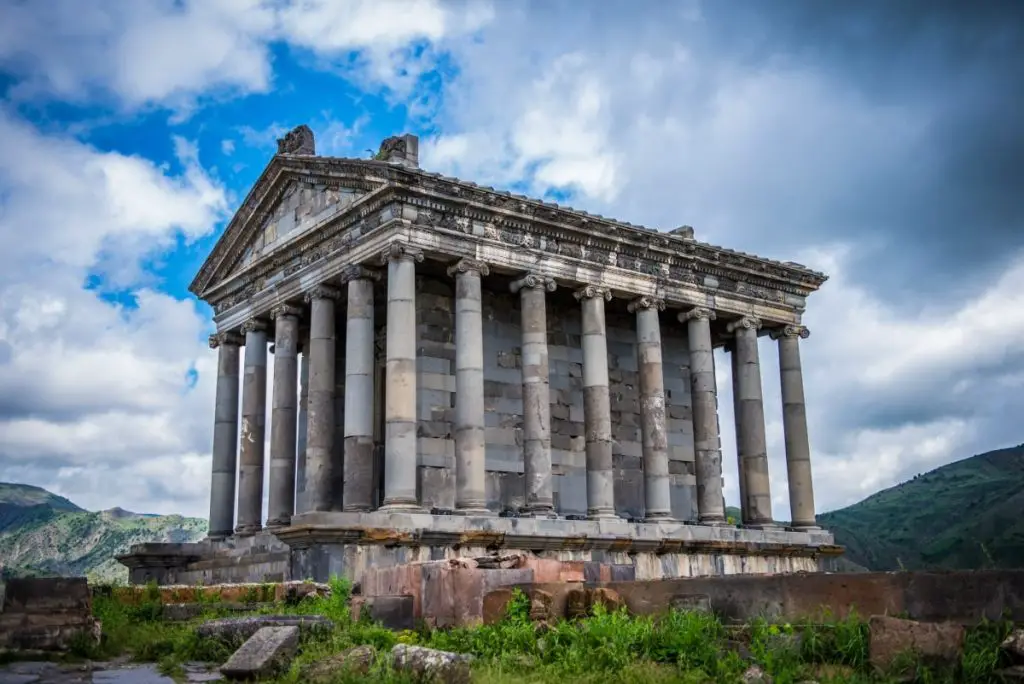
Ancient books, documents, manuscripts, and engravings, found In the Armenian highlands depict that Armenian mythology is the first known religious affiliation of the Armenian people.
Like many ancient nations, before believing in polytheism, that is around the 10th Century BC, Armenians worshiped various animals, plants, celestial bodies, etc.
The first Armenian pantheon, built in the kingdom of ancient Van, had 70 gods and goddesses. The Pagan period and mythology in Armenia begins and ends with the Hellenic period.
The mixed mythology of the “Armenian pagan” gods was greatly influenced by Greek, Assyrian, and local religious beliefs. For example, Aramazd, one of the gods of Armenian mythology, is identified with Zeus, Anahit with Hera, Vahagn with Heracles, etc.
Until the 2nd and 3rd centuries AD, paganism was able to maintain its position in the history of the religion of the Armenian people.
Ancient people believed in different myths and legends. Because they wanted to explain everything they see, they were creating stories. For example, ancient Armenians believed that God was angry with the devil for revealing the secret of fire to people, he says.
“Wait, I will create fire because of you, that will frighten people.” And he creates the fire of God, i.e. lightning, and sends it to earth.
Armenian Apostolic Church Beliefs
The Armenian Apostolic Church is known to be special and different in many traditions, such as celebrating Armenian Christmas on the Eve of the 5th and on the 6th of January.
Is The Armenian Church Apostolic?
The Armenian Apostolic, Orthodox, and Catholic churches were founded by the Holy Apostles, so they all belong to the Universal Apostolic Holy Church of Christ, that is, they are all Apostolic in origin.
The word “apostolic” means the church was founded by the Apostles of Jesus Christ.
A church is apostolic if:
1. it is founded by an Apostle of Christ,
2. its authority is the continuation of the apostolic ordination;
3. it has kept the apostolic teaching and religion according to the “Nicene Creed”;
4. it continues to preach, and baptize in the name of the Holy Trinity, the Father, the Son, the Holy Spirit, according to the Apostolic tradition.
The Armenian Apostolic Church
The Armenian Apostolic Church is an Oriental Orthodox Christian church and is a member of the First Universal Church. From the beginning, the Armenian Orthodox Church has been commemorating Armenian and Universal Saints.
It is the oldest national church (301 AD) in the world, founded by Saint Gregory the Illuminator, and it is the major religious denomination of the Armenian people. It is also one of the oldest Christian communities, with its origins tracing back to the 1st century AD.
The church follows the doctrine of the Apostle Thaddeus and Saint Gregory the Illuminator, who is credited with converting the Armenian king Tiridates III to Christianity in the early 4th century.
The church has its own unique liturgy and traditions, which have developed over the centuries, and it recognizes the authority of the Catholicos of All Armenians as its spiritual leader. The headquarters of the Armenian Apostolic Church is located in Echmiadzin, which is considered the spiritual center of the Armenian people.
The Armenian Apostolic Catholicosate of the Holy See of Cilicia
The Catholicosate of the Holy See of Cilicia, also known as the Armenian Church of the Holy See of Cilicia, became the focal point of Armenian life in 1375 and played an important role in the religious, cultural, national, and educational activities of the Armenian people.
During the Armenian Genocide in 1915, the Catholicosate of the Holy See of Cilicia made significant contributions to the formation and organization of the Armenian Diaspora.
Over one and a half million Armenians were killed by the Ottoman-Turkish government during World War I and in 1921, another three hundred thousand were killed by Kemalist Turkey as French forces evacuated Cilicia. The survivors were forced to flee their homeland and seek refuge primarily in Syria and Lebanon.
The Catholicos Sahak II accompanied his followers in exile, while the Catholicosate in Sis and thousands of Armenian churches, monasteries, schools, and cultural centers were plundered and destroyed by the Turks.
After moving from Cyprus, Syria, and Lebanon, the Catholicosate of the Holy See of Cilicia was established in Antelias, Lebanon in 1930. The Catholicosate has dioceses in the Middle East, Europe, and North and South America. Currently, His Holiness Aram I is the Catholicos of the Holy See of Cilicia.
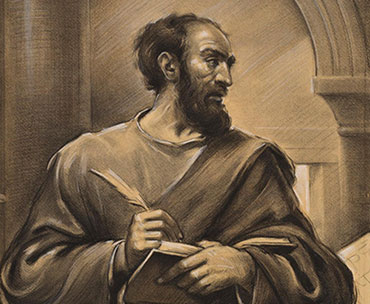
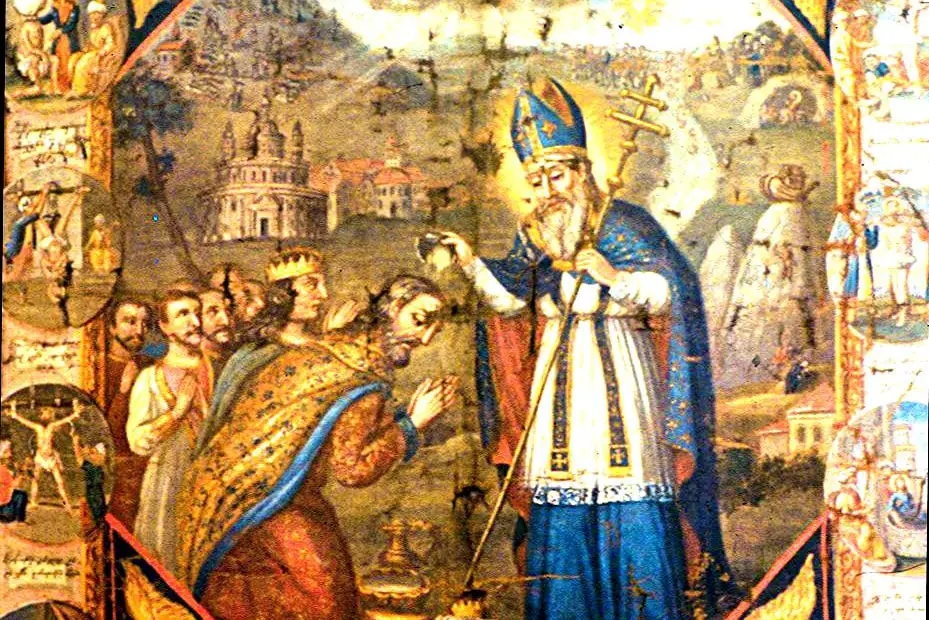
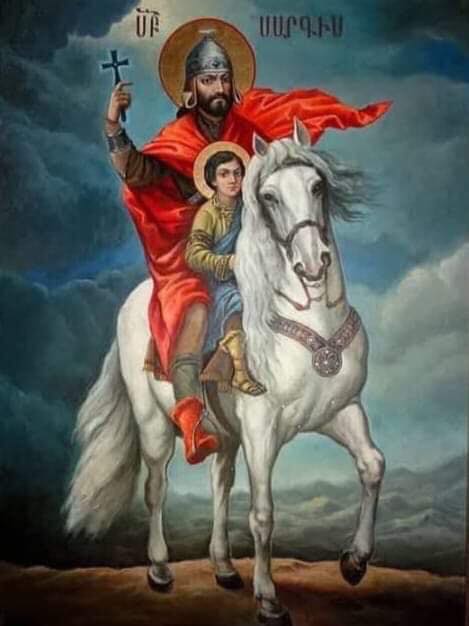
Armenian Religion
The Constitution amended in 2005, grants freedom and the right to choose religious beliefs and practices; however, the law places some restrictions on other religions.
The majority of the population of the Republic of Armenia profess or practice Christianity or are Christians. Minorities practice several other religions.
like Buddhism, Judaism, Hinduism, Yezidism, Hedonism, and Atheism.
In addition to Islam, that is practiced at The Blue Mosque, which has been operating in Yerevan since the 18th century.
Armenia Religion History
Many people know that Armenians were the first in the world to adopt Christianity as a state religion.
How did that happen? According to accurate historical information, two of the disciples of Jesus Christ, Thaddeus and Bartholomew, came to Armenia to preach Christianity to pagan Armenians.
However, the Armenians, being patriotic, traditional, principled people, rejected the new religion and killed those two apostles at the king’s order. By the order of the Armenian king Tiridates III, Hripsime and the virgins accompanying her, who had fled Hellenic Rome, were martyred for their Christian faith.
Feeling guilty for prosecuting Christians Armenian king Tiridates III acquired a swine-like disease.
His sister Khosrovidukht dreamt that the king could be healed by Gregory the Illuminator, who, by the order of the king, had been imprisoned for 14 years for his Christian faith, but had miraculously survived.
Through Gregory, king Tiridates was healed, repented, and converted to Christianity. Gregory the Illuminator became the first Armenian Catholicos, and the Armenian Christian Church was named Apostolic in memory of the martyred apostles.
What Is The Percentage Of Other Religions?
In addition to the Armenian Apostolic Church; the Armenian Evangelical Church, the Armenian Catholic Church, Protestants, Jehovah’s Witnesses, Orthodox, and Molokans, make up 0.25% of the country’s total population.
Non-Apostolic churches have started to grow in Armenia since the 1980s when missionaries from the US and Europe first came to Armenia.
95% of the population in the Republic of Armenia is Christian including other Christian denominations.
More than 34,000 are non-religious. 24,000 are Yezidis. The rest are Muslims, pagans, and Molokans.
Religion During the Soviet Era
Between 1920-1991, Armenia was the Soviet Socialist Republic.
These were the years when science and the economy developed rapidly. But socialism obliged the population to ignore spiritual needs. People were afraid to express their religious affiliations, and some were exiled or imprisoned by Soviet leaders for their Christian beliefs.
Khoren A. Muradbekyan who was the Catholicos of Armenia during that period was murdered for fighting for the safety of Armenian clergymen and the preservation of the churches and religious buildings, that were being replaced with amusement parks, and social centers.
Famous Religious and National Hero Figures
Every Armenian is proud of being the first nation to adopt Christianity. Throughout history, so many figures fought and paid their lives to preserve our faith.
One of these striving fighters was Vardan Mamikonyan – an Armenian commander of the 5th century. He fought against the enemy, until his last breath, so that Armenia would not accept Zoroastrianism and assimilate with other nations.
Another name is Mesrop Mashtots, who although known as the creator of the Armenian alphabet, was also a spiritual leader for the Armenians.
There are many similar names of Armenian politicians, cultural, and religious figures, and artists, like Israel Ori, Father Komitas, Garegin Nzhdeh, and Aram Manoukian… who have contributed to the preservation of the Armenian nation and Christianity in our land.
Armenian Religious Traditions
The Armenian nation has existed since ancient times. They have accumulated a rich heritage of religious traditions, like Tyarndarach (or Trndez), Paregentan, Michink (Mid Lent), or Vardavar and some traditions date back to the time of paganism but have been corrected or improved into Christian Traditions.
Vardavar was associated with the worship of the goddess Astghik who symbolized fertility. Nowadays, the tradition of watering during Vardavar is connected with Christianity, saying that by sprinkling water on each other, people are cleansed of their sins.
Unlike Vardavar, Diaruntarach (Terendez) was associated with the worship of the Sun in Armenia. Today, the traditions of this holiday are also preserved, according to which people jump over the bonfire and dance around the fire. The word Tyarndarach means to meet the Lord.
Currently, the Armenian Apostolic Church associates this holiday with the birth of Jesus Christ, who was presented to the temple forty days after his birth. An elderly named Simeon came to Mary and Joseph and blessed the child.
Freedom Of Belief
The Constitution protects everyone’s rights, freedom of thought, and religion. The Constitution states that religious organizations are separate from the government. It recognizes the Armenian Apostolic Church as a national church preserving its national identity.
On June 12, Armenia joined the International Religious Freedom Alliance, established in February 2020. The alliance aims to bring together senior government officials to discuss and promote the freedom of religion or belief and protect the rights of religious minorities around the world.

